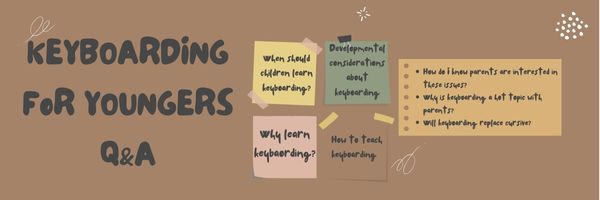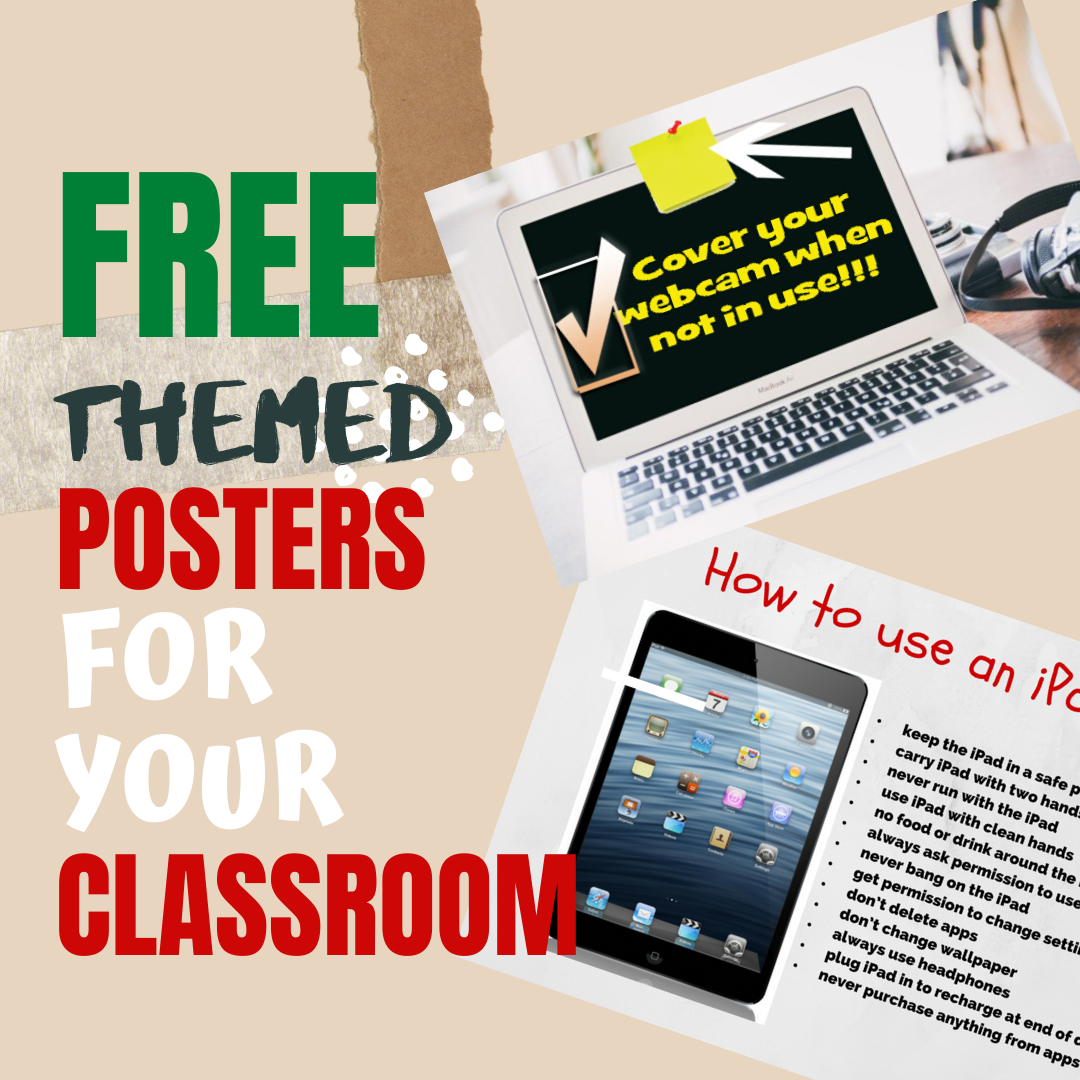Keyboarding for Youngers
A while ago, I participated in an online discussion about keyboarding for kids. The host thought it would be a yawner, but any tech teacher knows keyboarding is a controversial subject. In my classroom, it’s the most-asked question from parents, concerns like:
- When do students start?
- What are some of the developmental considerations about keyboarding?
- Why learn keyboarding?
- How do I know what questions parents are interested in about keyboarding?
- Why is it a ‘hot topic’ with parents?
- How do I teach keyboarding?
- Will keyboarding replace cursive?
The list goes on. On my blog, Ask a Tech Teacher, posts about keyboarding are read about thrice as often as any other topic.
So I enthusiastically answered every question the producer had with my thoughts from thirty years of teaching. One of the other guests was a children’s education expert who believed technology (and I guess, by transference, keyboarding) was the root of much of the increase in ADHD among children and this was her big opportunity to make her case. The last participant was the mom of a first grader there to share her keyboarding experiences (turns out, she was also the director of the early learning initiative at the New America Foundation, an author, and a prominent blogger). Surprisingly–or not–we agreed on many points and ended up having a good discussion where everyone learned.
Here’s a synopsis of the questions discussed:
When should children learn keyboarding?
- fundamentally: when they need to–when teachers expect projects that require keyboarding or the child’s own needs dictate a demand for typing
- when it’s important to the goals in their life
- when students are expected to use classroom computers
- when they struggle with handwriting and computers are a better alternative for that child’s particular needs
- by 3rd grade, to prepare them for 5th grade when kids have the dexterity and acuity to handwrite and keyboard at the same speed if they have been prepared
- when age-appropriate. That means, Kindergartners learn to put their hands on the keyboard. First graders learn to put their hands on the correct side of the keyboard. Third grades learn to use the correct fingers. Fourth graders learn touch typing.
What are some of the developmental considerations about keyboarding?
- Are kindergartners old enough. Answer: See the last point above under ‘When should children learn keyboarding’. In a macro sense, teaching keyboarding must take into account maturity, fine motor skills and age-appropriateness
- Can children’s hands move around the keys well enough? Answer: Teach what is developmentally appropriate, not more.
- Is expecting keyboarding from youngers expecting too much? Answer: See the answers above.
Why learn keyboarding?
- if you’ve ever seen a third grader struggle to type a web address into the computer or type a book report when they don’t know where the keys are, you know they should have started keyboarding earlier. That’s the first and most important reason.
- to communicate ideas
- to find out more about what interests them
- to offset a learning disability that interferes with writing–i.e., dysgraphia
How do I teach keyboarding?
- I teach posture as well as hands.
- I make it age-appropriate. Kindergarten learns a different way than 2nd grade, as does 5th grade.
- By grade:
- Kindergarten is about getting hands on the keyboard and good posture.
- First grade is about getting hands on the correct side of the keyboard and forming good habits
- Second grade is about understanding fingers type different keys and good posture
- Third grade starts touch typing–use the right finger for the right key, make good posture a habit
- Fourth grade is about memorizing key placement, keeping eyes on the screen, and posture
- Fifth grade is about speed and accuracy–and good posture
- I start with mouse skills in kindergarten. Students learn to input with the mouse and the keyboard. It takes the pressure off of keyboarding.
- I teach finger exercises to remind students they have 8 fingers and a thumb. These make keyboarding fun.
- I teach key placement first, using programs like Big Brown Bear Typing for kindergarten-first grade and using a blank keyboard exercise for olders
- I teach touch typing, starting in third grade but not sooner. I don’t get serious about key memorization until fourth grade.
- I teach shortkeys at all grade levels. Students feel accomplished when they can zip out a shortkey instead of struggling to remember a combination of tools
- I always keep it fun
How do I know parents are interested in these issues?
- Keyboarding is always the top post on my blog.
- It’s also my most-requested guest blog.
- I get the most questions asked about my keyboarding articles.
Why is keyboarding a ‘hot topic’ with parents
- their kids want to use the computer; parents want them outside playing
- teachers are asking for computer projects
- the child sees something on the computer–Starfall.com or Santa traveling across the holiday sky–and wants to go there
Will keyboarding replace cursive writing?
- not completely and not until input devices are more available–but why not?
This is a quick summary. If you’d like more detail, feel free to ask questions in the comment section or check the ‘Keyboarding’ category on my blog.
Here’s the sign-up link if the image above doesn’t work:
https://forms.aweber.com/form/07/1910174607.htm
Copyright ©2024 worddreams.wordpress.com – All rights reserved.
“The content presented in this blog is the result of my creative imagination and not intended for use, reproduction, or incorporation into any artificial intelligence training or machine learning systems without prior written consent from the author.”
Jacqui Murray has been teaching K-18 technology for 30 years. She is the editor/author of over a hundred tech ed resources including a K-12 technology curriculum, K-8 keyboard curriculum, K-8 Digital Citizenship curriculum. She is an adjunct professor in tech ed, Master Teacher, webmaster for four blogs, CSTA presentation reviewer, freelance journalist on tech ed topics, contributor to NEA Today, and author of the tech thrillers, To Hunt a Sub and Twenty-four Days. You can find her resources at Structured Learning.


















































































































I was interested in learning your thoughts about when to start teaching keyboarding, a frequently debated topic at our school.